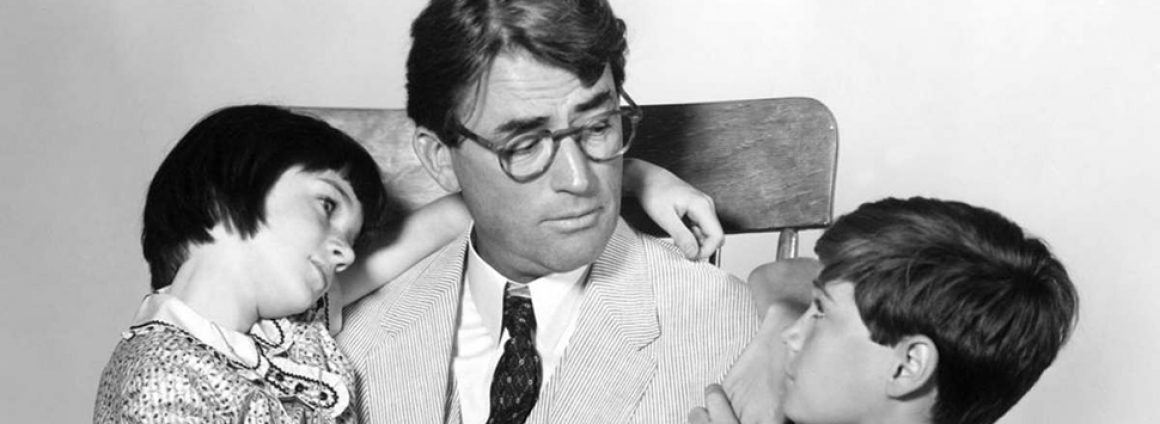In To Kill a Mockingbird by Harper Lee, Atticus Finch is best represented by a pair of glasses, because he sees the problems regarding treating others and racism in Maycomb, and tries to show others how to fix them. One example is when Atticus tells Jem:
“‘…son, I told you that if you hadn’t lost your head I’ve have made you go read to her. I wanted you to see something about her- I wanted you to see what real courage is, instead of getting the idea that courage is a man with a gun in his hand. It’s when you know you’re licked before you begin but you begin anyway and you see through it no matter what.'” Chapter 11
In this way, Atticus attempts to teach his son that to respond to violence with more violence is wrong. He wants to show his children that they should have reacted to Mrs. Dubose’s mean comments with respect because she was dealing with something that not many other people know of and was trying to get past her addiction so that she could die free.
Additionally, he sees how racism plays an important role in how things are run in Maycomb, because he takes on the role of being a lawyer for Tom Robinson, a Black man. Not only does he defend Robinson because it was his duty to, he defended him to the best of his ability because he knew that Robinson was being pulled into the Ewell’s mess simply because Mayella was guilty for what she did, and because Tom was Black. Therefore, Tom was blamed and guilted heavily, simply because of his skin color, and Atticus was trying to show Maycomb that all men were supposed to be treated equal, regardless of race.
In conclusion, Atticus can be best characterized as a pair of glasses because he sees Maycomb’s issues that need to be fixed when nobody else is aware of them, and aims to break the town’s traditions that linger on these problems.
Written by Alessandra Nguyen



